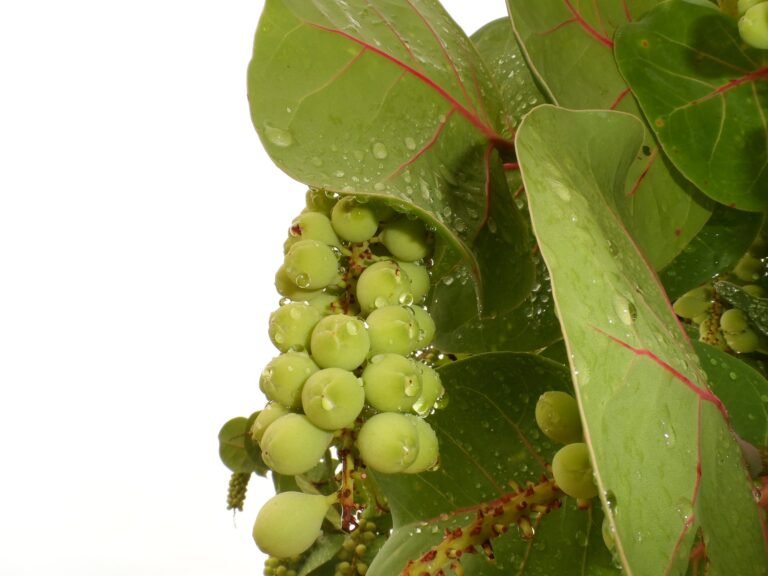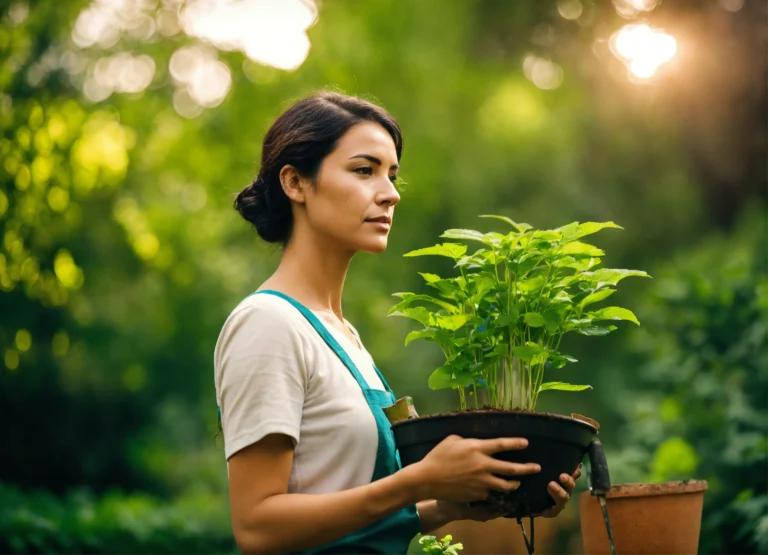Search Below For New Gardening Tips and Tricks with Practicals
What defines herbaceous plants from other types?
Herbaceous plants are a type of plant which, unlike trees or shrubs, do not have woody stems. The word ‘herbaceous’ comes from the Latin word herba, which means grass or herbs.
What are herbaceous plants?
Herbaceous plants are defined as plants that have soft, green stems and leaves and lack a woody stem. These plants are usually annuals or perennials, meaning they live for more than one year. Other plant types, such as shrubs and trees, have a woody stem that persists through the winter. Herbaceous plants die back to the ground each winter and re-grow in the spring from their underground root system.

What defines herbaceous plants from other types?
Herbaceous plants are a type of plant that does not have a woody stem. This means that the stem of the plant will die back down to the ground each year. The leaves of herbaceous plants are also usually green and soft, as opposed to the hard, waxy leaves of some other types of plants.
How does herbaceous growth differ between seasons?
Herbaceous plants are defined as having soft, green, typically non-woody stems. This distinguishes them from other plant types such as shrubs and trees, which have hard, woody stems. Herbaceous plants typically grow close to the ground and die back to the ground each year. This is in contrast to shrubs and trees, which have persistent above-ground stems even after they lose their leaves each year.
One of the most obvious ways that herbaceous growth differs between seasons is in the size of the plants. In springtime, herbaceous plants are often relatively small as they are just beginning to grow. However, by summertime, they have often grown much larger and may even be flowering. By autumn, many herbaceous plants begin to die back, although a few may continue to flower into winter.
How does herbaceous growth differ between regions of the world?
Herbaceous growth is defined as the growth of plants that die back to the ground each year. This type of growth is common in temperate regions where there is a distinct difference between seasons. In these areas, herbaceous plants typically grow during the spring and summer months, before dying back in the fall and winter.
In contrast, herbaceous growth in tropical regions is much more continuous and often does not involve a die-back period. This is because there is less of a temperature difference between seasons in tropical areas, so herbaceous plants can often continue to grow year-round.
Why do people use herbs in cooking and medicine?
Herbs are a type of plant that is used for flavoring food or for medicinal purposes. People have used herbs for centuries in cooking and medicine. There are many different reasons why people use herbs. Some people use them because they like the taste of herbs in their food. Others use them because they believe that herbs can help to cure certain illnesses or improve their health.
Some common herbs that are used in cooking include basil, rosemary, sage, thyme, and oregano. These herbs can be used to flavor meats, vegetables, soups, and sauces. They can also be added to salads and other dishes. Medicinal herbs include garlic, ginger, turmeric, ginseng, and lavender. These herbs are often taken in teas or capsules to treat various ailments such as colds, headaches, stomachaches, and anxiety.
Herbs offer a natural alternative to many synthetic drugs. They can be just as effective as medications without the risk of side effects. Herbs can also be grown at home with little effort. This makes them a cost-effective option for those who want to improve their health without breaking the bank.
Why do herbalists use different parts of herbs?
Different parts of herbs can be used for different purposes. The leaves, for example, are often used for their medicinal properties, while the stems and roots may be used for culinary purposes. Herbalists may also use the flowers or fruit of certain herbs in order to maximize their benefits.
Types of Herbs: Culinary, Medicinal, Tonic, Aromatic
Culinary herbs are defined as plants whose leaves, stems, flowers, or seeds are used to flavor food or to add fragrance. This type of herb can be found fresh, frozen, or dried in your local grocery store. Popular culinary herbs include basil, rosemary, and thyme.
Medicinal herbs are those that have been traditionally used to treat various ailments and diseases. These herbs can be found in pill form, as tinctures, or as teas. Some popular medicinal herbs include ginger, garlic, and turmeric.
Tonic herbs are those that help to support and strengthen the body. Tonic herbs can be found in many forms including powders, capsules, and teas. Some popular tonic herbs include ginseng and ashwagandha.
Aromatic herbs are those that have a strong fragrance and are often used in perfumes or potpourris. Aromatic herbs can also be used to make essential oils. Some popular aromatic herbs include lavender and rosemary.
popular houseplants that are harmful to pets
- 5 Best Common Hacks For Gardening
- Avoid 5 Common Gardening Errors
- Starting A Summer Garden: 5 Tips You Need
- 5 Reasons To Encourage Your Child To Garden
- The Benefits Of Using Green Manure In Your Organic Garden
Discover more from Gardening with Ecorganicas-Source for Organic Gardening Tips
Subscribe to get the latest posts sent to your email.








